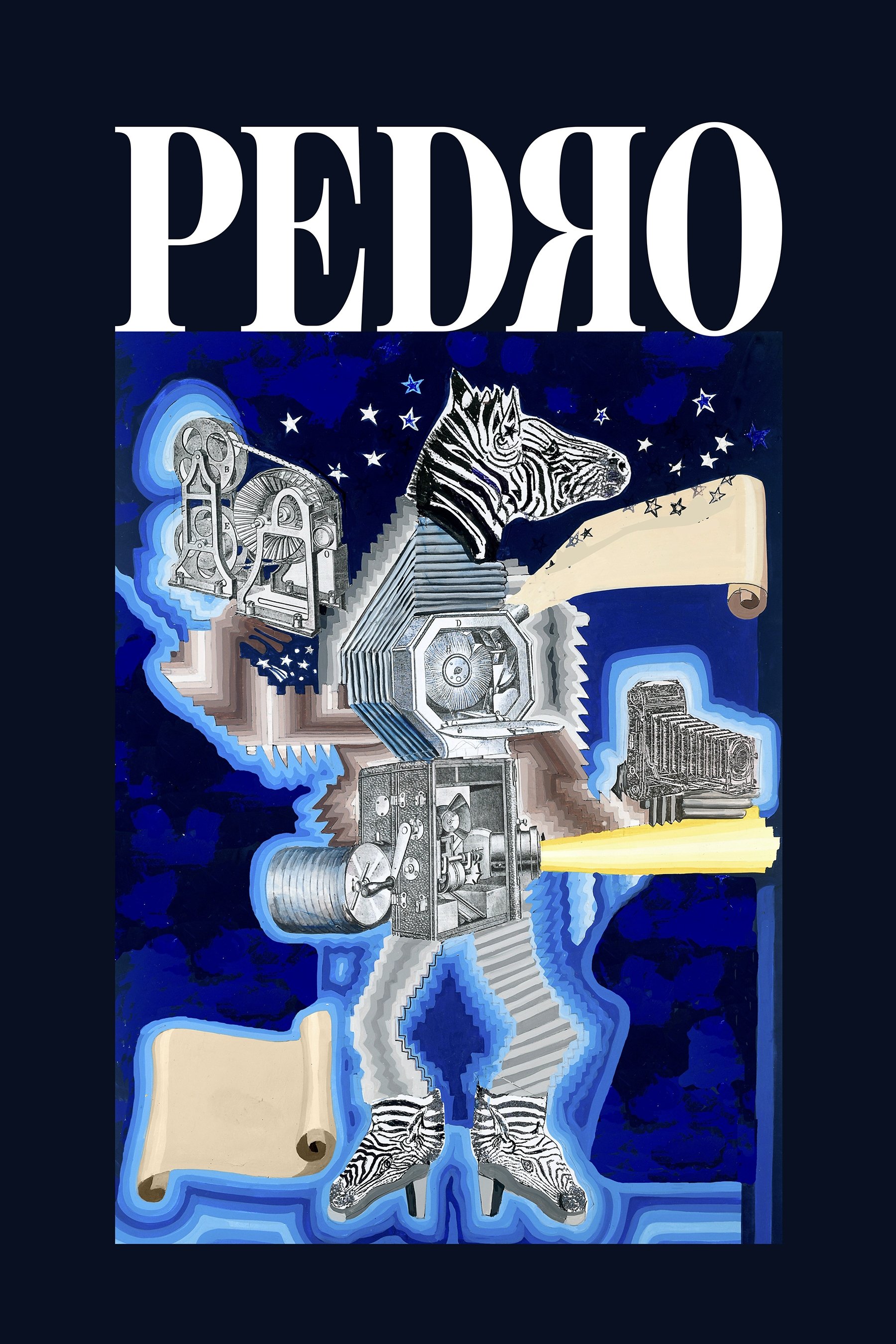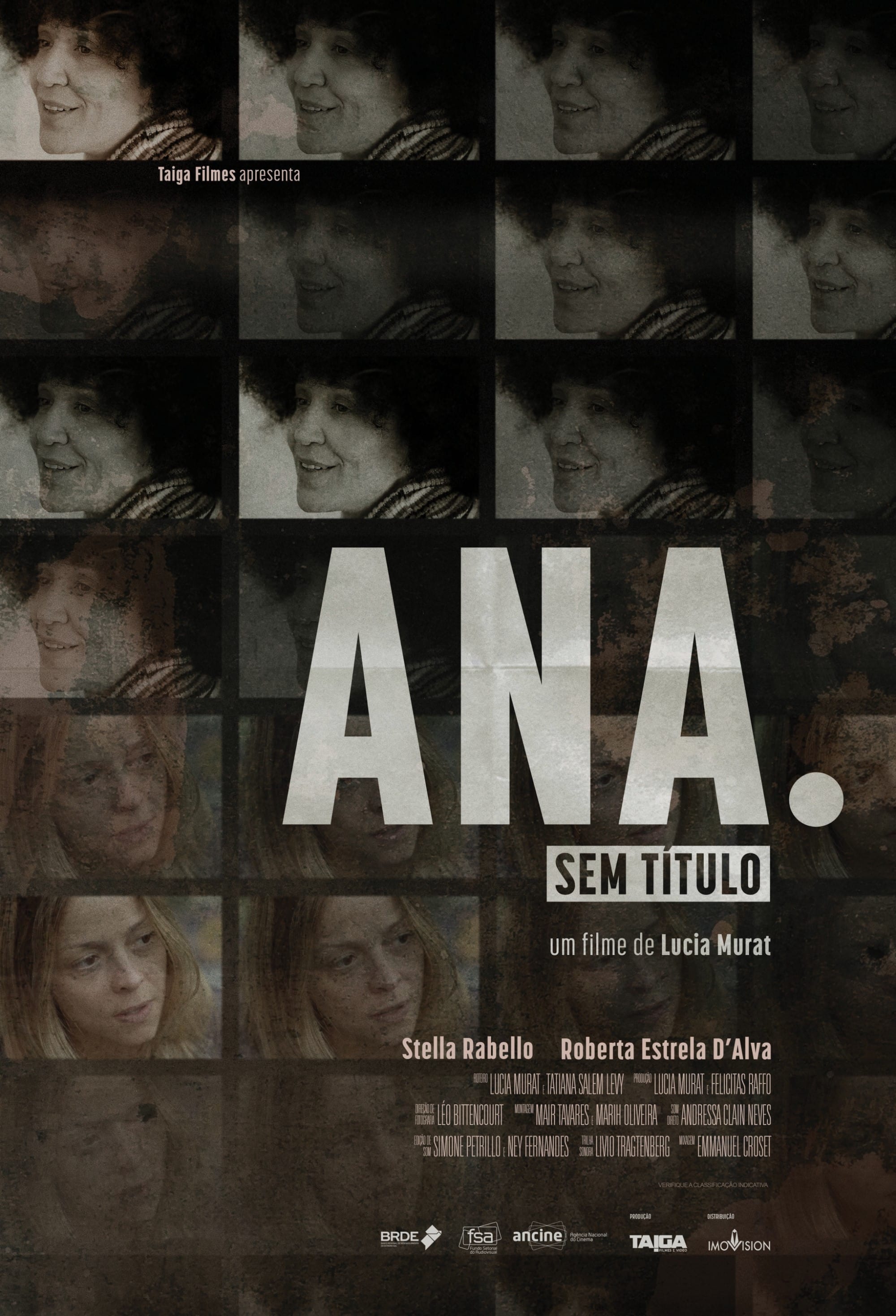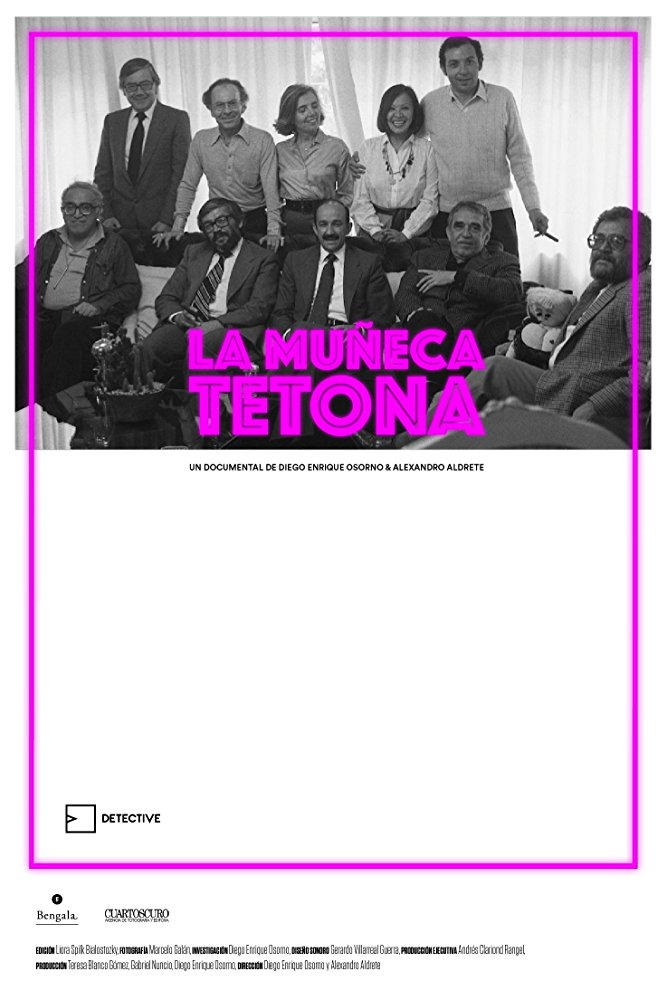
Overview
Elena Poniatowska
Known For

One Hundred Years with Juan Rulfo
This documentary explores key moments in the life of writer...
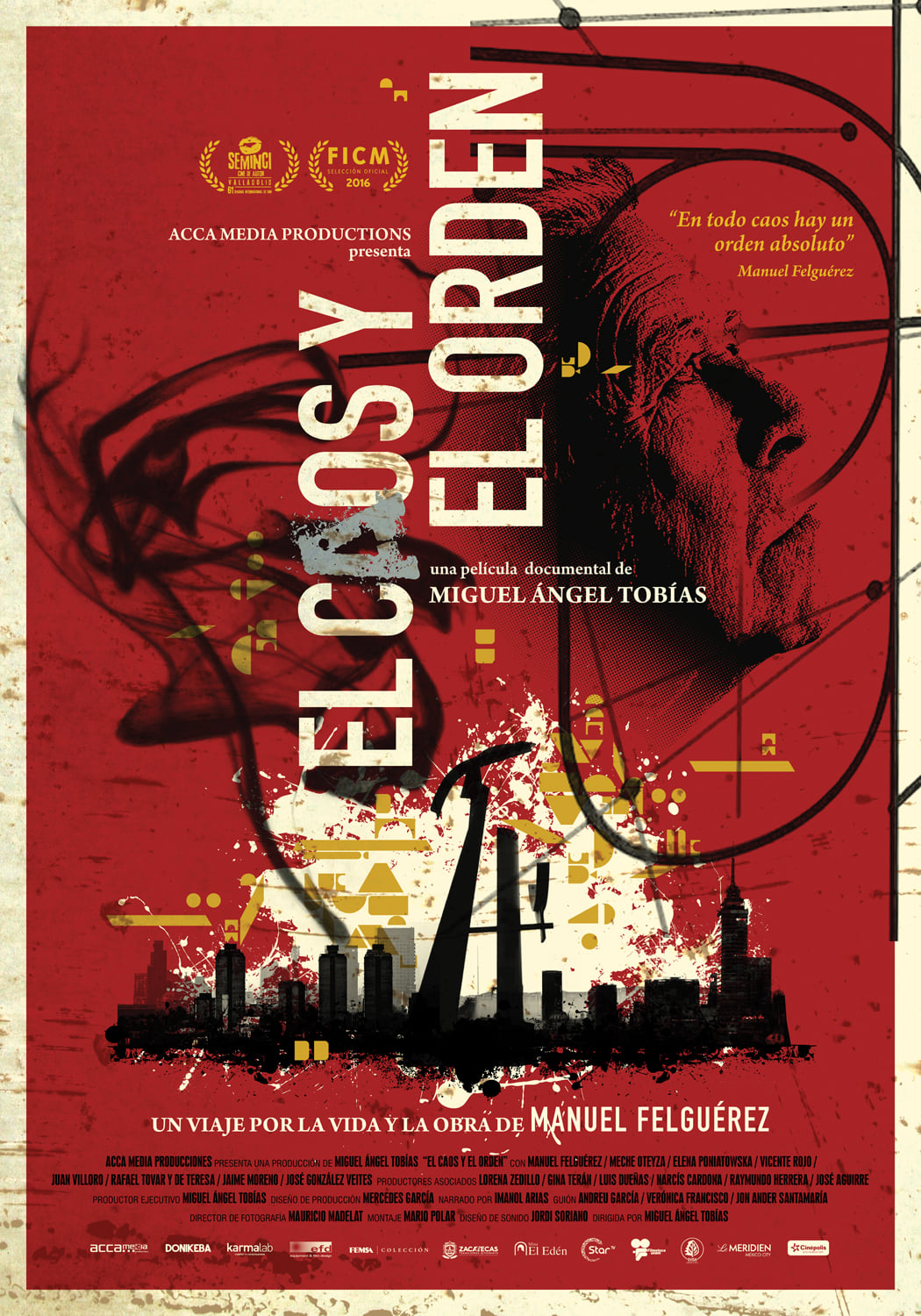
Chaos and Order: Manuel Felguérez and His Abstract Work
Documentary about the life and work of abstract artist Manuel...
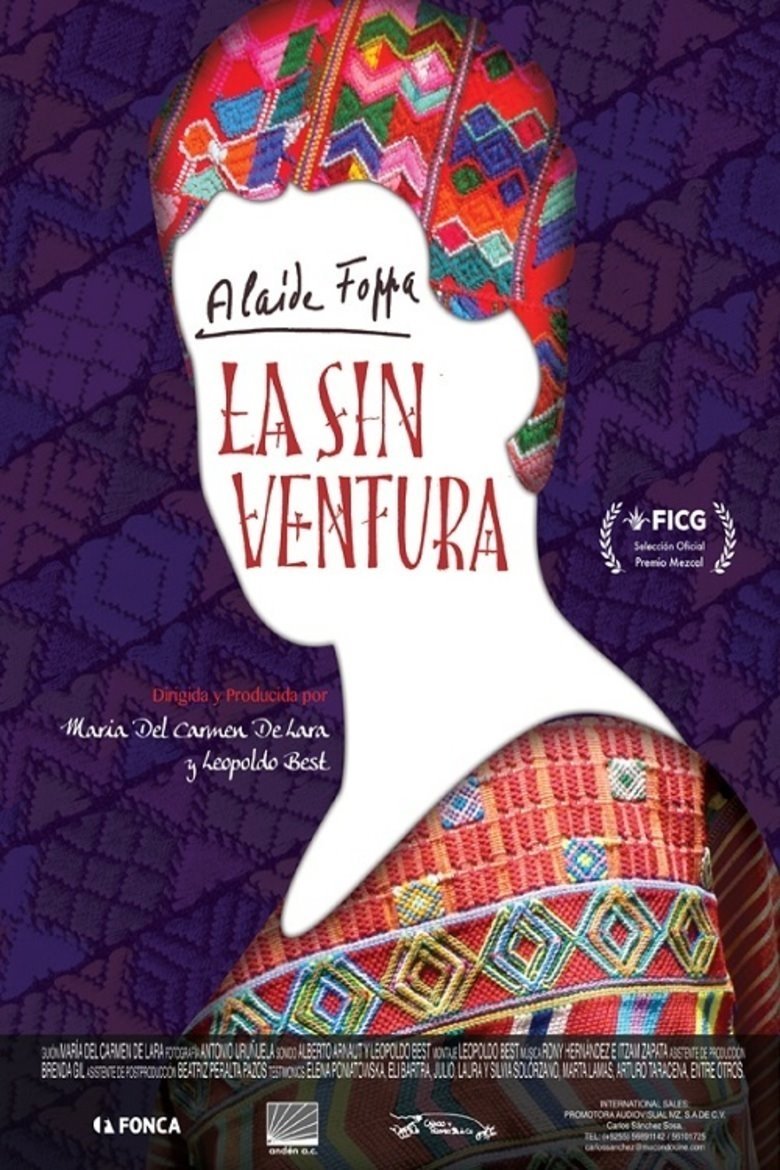
Alaide Foppa Falla, The Unfortunate One
In the course of Alaide Foppa's life, she became a...
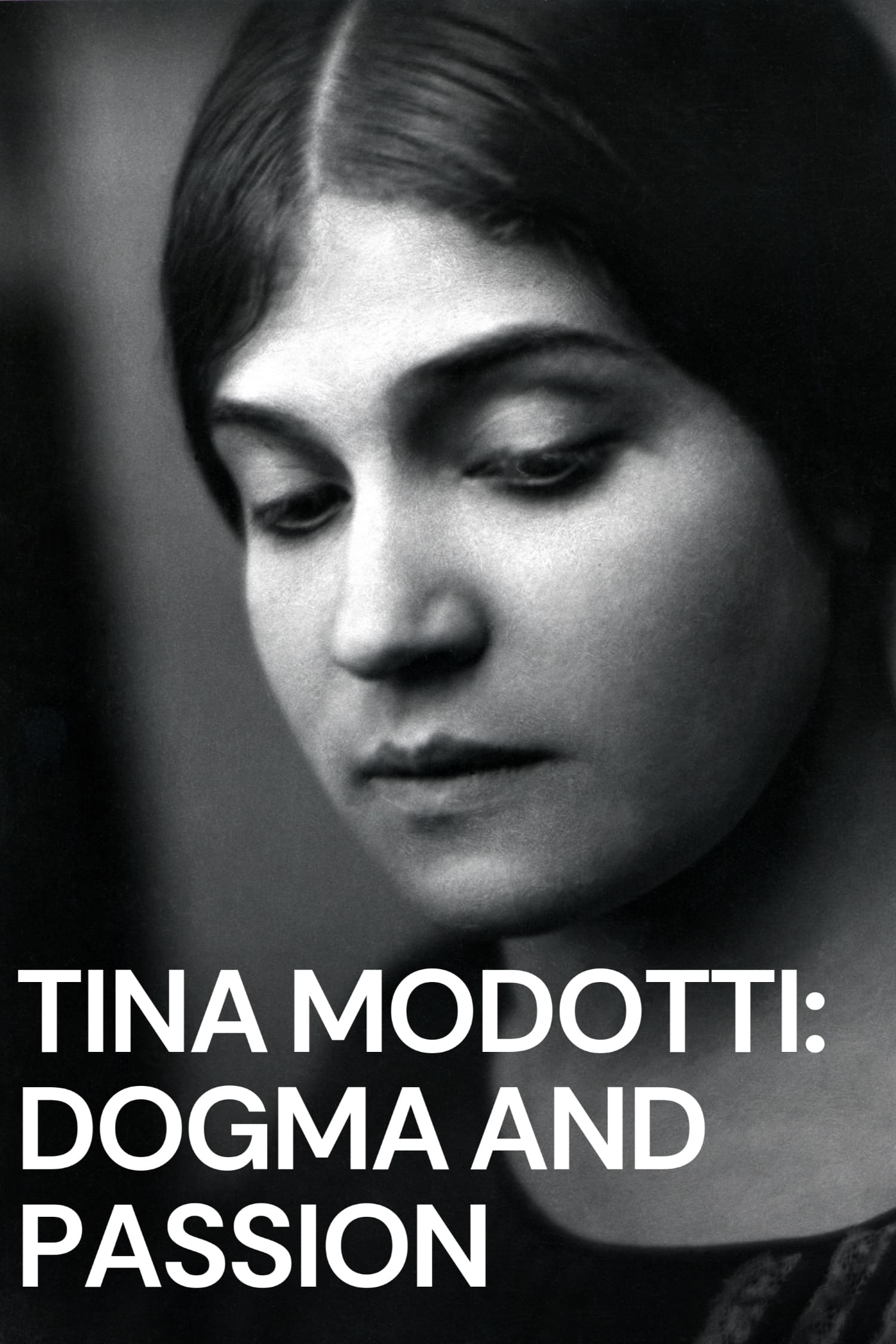
Tina Modotti: Dogma and Passion
Tina Modotti was the most important photographer of the twenties...

El Santos vs la Tetona Mendoza
Santos, an overweight pacheco fighter suffers from his recent divorce...
Biography
Hélène Elizabeth Louise Amélie Paula Dolores Poniatowska Amor (born May 19, 1932), known professionally as Elena Poniatowska is a French-born Mexican journalist and author, specializing in works on social and political issues focused on those considered to be disenfranchised especially women and the poor. She was born in Paris to upper-class parents, including her mother whose family fled Mexico during the Mexican Revolution. She left France for Mexico when she was ten to escape the Second World War. When she was eighteen and without a university education, she began writing for the newspaper Excélsior, doing interviews and society columns. Despite the lack of opportunity for women from the 1950s to the 1970s, she wrote about social and political issues in newspapers, books in both fiction and nonfiction form. Her best known work is La noche de Tlatelolco (The night of Tlatelolco, the English translation was entitled "Massacre in Mexico") about the repression of the 1968 student protests in Mexico City. Due to her leftwing views, she has been nicknamed "the Red Princess". She is considered to be "Mexico's grande dame of letters" and is still an active writer.
